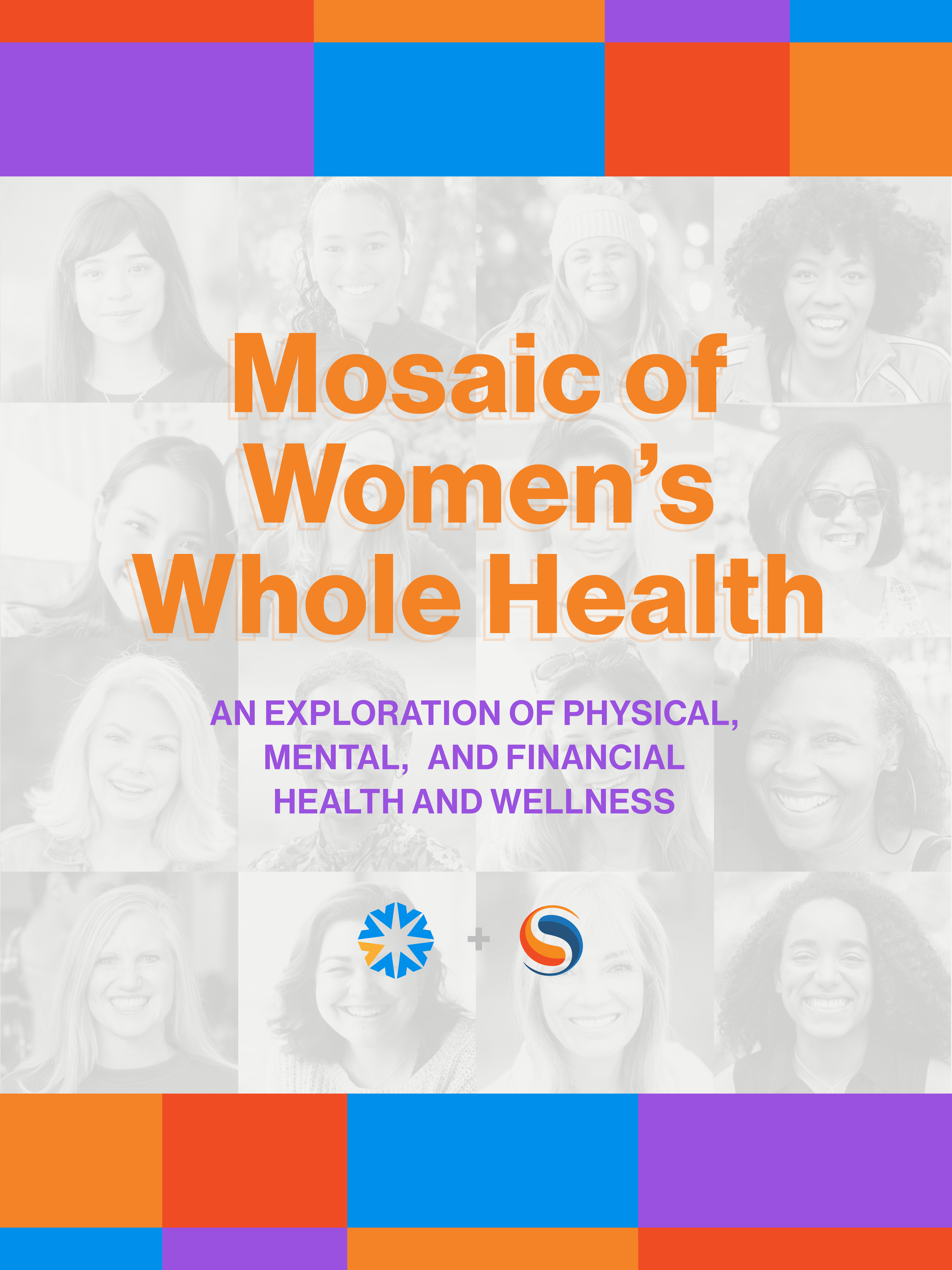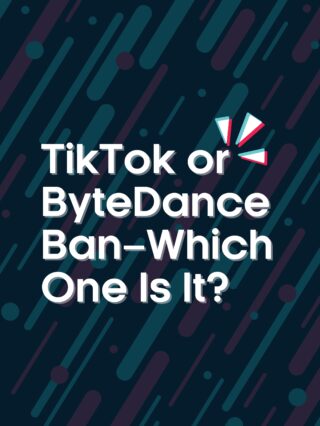While Google’s search engine algorithm changes hundreds of times a year, there has been a significant share of large scale, impactful updates to keep a closer eye on in recent months. Below we break down the latest changes that have either just completed rolling out or are still in the process of being fully implemented, and most importantly, what they mean to consumers—to website owners and their search rankings.
Page Experience and Core Web Vitals
A good page experience is more crucial than ever when a visitor is engaging with your website. Google states that focusing on producing high quality content and improving user experience always wins out compared to manipulating links.
First announced in November 2020, and then rolled out in June 2021, Google wants to not only make sure the content on your website is original, useful, creative, and relevant, but when a user reaches that page, they can access it with no difficulties. This is known as The Core Web Vitals. The Core Web Vitals established a grading system of the three main metrics Google will focus on when it comes to your site’s usability:
- Largest Contentful Paint (loading performance)
- First Input Display (interactivity)
- Cumulative Layout Shift (visual stability)
Essentially, when you go to a website, you want it to load fast, to be able to interact with it immediately, and not have scrolling or clicking inhibited by movement on the page.
For example, you’ve likely been to a website where ad after ad after ad take up the whole screen and shift and slow down the page to the point where it’s not easy to interact with. Pop-ups or interstitials that are not for cookie agreements or legal purposes (age verification, etc.) are also deemed a poor user experience and should be avoided whenever possible.
In addition, we’ve all encountered pages with slow loading speeds. Our attention spans are limited, and slow loading speeds diminish our trust in a website, ultimately causing us to abandon it. Google will take note of this and assign poor usability scores to these sites, while also pushing them lower in rankings, making way for sites with better user experience.
Security is also a continuing major factor. Have you gone to a website and seen the dreaded “not secure” in front of the URL? Google wants safe sites and pages served, ranking sites that are https vs. the original http higher.
Recent Core Updates
Core updates are the main algorithm changes Google does, and these latest updates are of note since it is rare that they roll out back-to-back. As with all of Google’s updates, big and small, their end goal is simple, and that is to improve the quality of their search results.
As a user, would you want:
- Original content that is professionally written and presented nicely with no spelling errors?
- Complete analysis of a topic that isn’t pieced together to try to form something cohesive?
- Unique, yet relevant views that other sources are not presenting?
- Something you could easily share with your network?
Google does too. First and foremost, content on your website needs to be for the user, not for Google.
Link Spam
The most recent change was announced on Monday, July 26th on Google’s Search Central Blog. In this update, Google put an emphasis on correctly tagging affiliate links, sponsored posts, and guest posts. Digging deeper, if a link comes from a sponsored post, which is an ad or paid placement on your website, the rel=”sponsored” value should be added to that outbound link. For example, when you go to a product’s review site and there is a note stating that the blog owner may be compensated if you buy something from the ad you clicked. That ad should also make sure they have the rel=”sponsored” tag as well.
How to ensure you’re following the most proper protocol? Accessing the Webmasters Useful Guides to mark links accordingly is certainly beneficial for the SEO Marketers of the world. While this has seemingly been the accepted standard, a specific, published statement from Google’s blog means that if you are lagging on updating outdated links, the time is now to fix them.
So, What’s Butler/Till’s Take?
Google continuously rolls out the appropriate updates needed for users of their platform in order for them to receive the best, secure, and most relevant search results to their queries. As always, Butler/Till continues to take a proactive rather than reactive approach to pending algorithm changes, offering 100% “white hat” SEO services, which encompasses working within the bounds as defined by Google to improve your search rankings on a search engine results page, while still maintaining the integrity of a website and the search engines’ terms of service.
Put simply, Butler/Till is working fully in compliance with what search engines want today and into the future. We will continue to monitor our clients search rankings and keep up to date with all news from Google and other industry leaders while adhering to best practices. Together, we are each doing our part to enhance the ever-evolving user experience.





